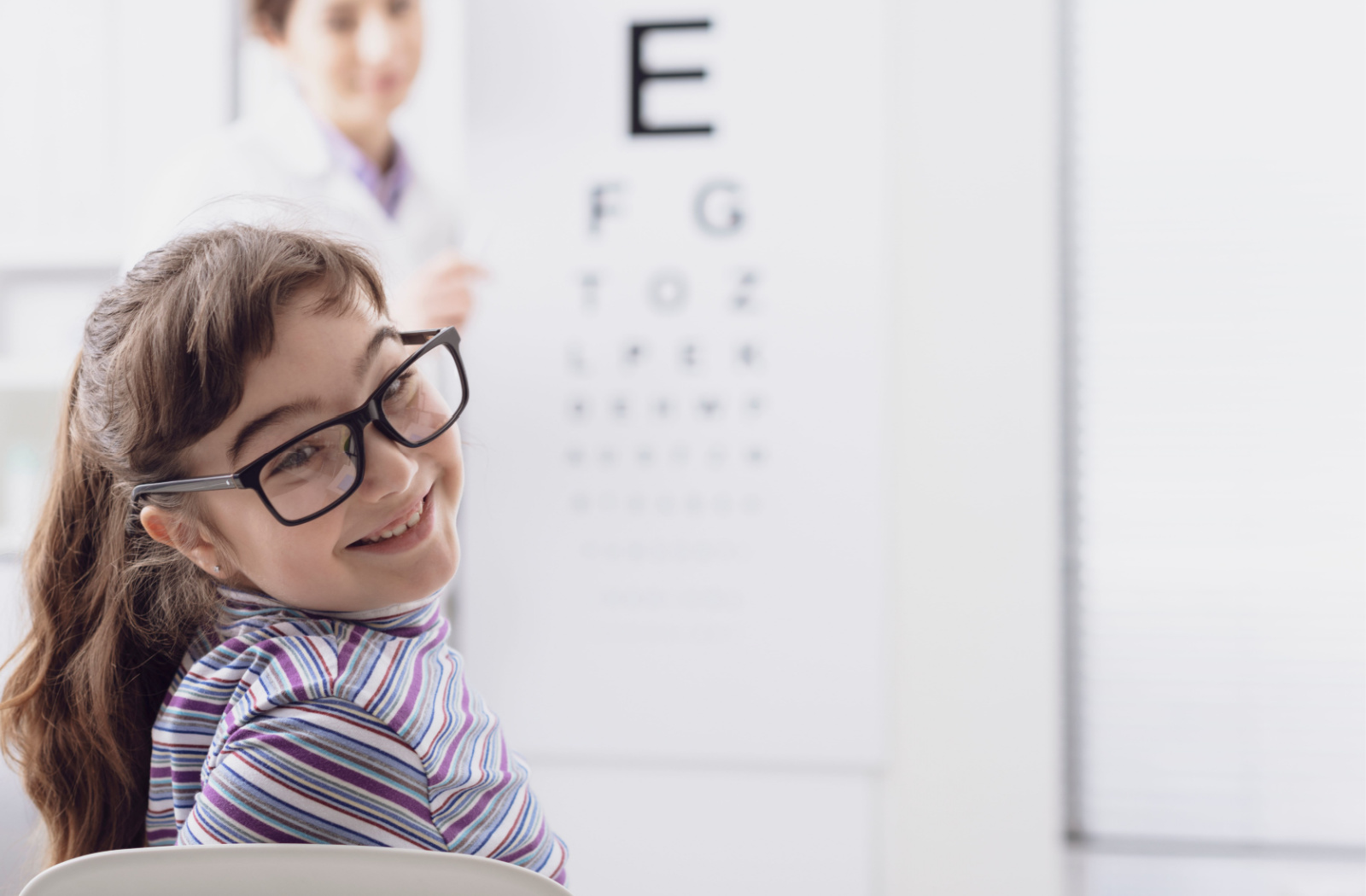All Categories
Featured
Low vision is a condition that significantly affects everyday activities like reading, driving, or recognizing faces, despite corrective lenses. For individuals dealing with such challenges, reduced vision recovery uses a pathway to gain back self-reliance and boost lifestyle. Let's explore the readily available options for low vision rehab and just how they help people navigate the globe much more confidently.
Comprehending Low Vision Recovery
Low vision rehab is a specific solution designed to optimize the practical capabilities of individuals with long-term vision impairment. This multidisciplinary technique entails assessments, training, and devices customized to each individual's one-of-a-kind demands. The goal is to empower people by improving their staying vision and teaching strategies to adjust to their atmosphere.
Trick Options in Low Vision Rehabilitation
Comprehensive Eye Assessments
A reduced vision professional executes detailed assessments to understand the level of vision loss and recognize appropriate interventions. These exams focus on figuring out the individual's visual acuity, outer vision, and light level of sensitivity.
Assistive Instruments and Innovation
A large array of modern technologies and tools are readily available to help people with reduced vision:
Magnifiers: Handheld, stand-mounted, or electronic magnifiers help expand text or pictures.
Telescopic Lenses: Useful for distance watching, such as viewing TV or reading street signs.
Screen Visitors: Software that reads out loud the text on a screen, assisting those who deal with analysis.
CCTV Equipments: Closed-circuit televisions magnify published material or items for less complicated viewing.
![]()
Mobile Phone Applications: Applications like Be My Eyes or Seeing AI give real-time assistance and summaries of environments.
Training Programs
Vision recovery includes training to maximize making use of staying vision and adapt to new devices:
Orientation and Movement Training: Aids individuals navigate unfamiliar spaces and utilize walking sticks or guide dogs properly.
Daily Living Skills: Teaches techniques for cooking, brushing, and other everyday tasks with limited vision.
Aesthetic Abilities Training: Involves workouts to reinforce field of vision or improve emphasis.
Ecological Adjustments
Adjusting the home or work environment can considerably improve self-reliance:
Installing brighter lights and contrasting shades.
Including tactile pens to home appliances.
Preparing furnishings to produce clear paths and decrease obstacles.
Therapy and Emotional Support
Vision loss can be psychologically difficult. Support teams and counseling services help people cope with the psychological influence and develop durability.
That Provides Reduced Vision Recovery?
Low vision recovery solutions are supplied by:
Low Vision Specialists: Eye doctors or eye doctors with extra training.
Physical Therapists: Specialists who concentrate on boosting daily performance.
Rehabilitation Counselors: Professionals that help with mental and emotional support.
![]()
Conclusion
Reduced vision rehabilitation is a lifeline for those living with considerable vision loss. If you or a loved one is experiencing vision difficulties, think about reaching out to a reduced vision expert to explore these transformative rehabilitation services.
Comprehending Low Vision Recovery
Low vision rehab is a specific solution designed to optimize the practical capabilities of individuals with long-term vision impairment. This multidisciplinary technique entails assessments, training, and devices customized to each individual's one-of-a-kind demands. The goal is to empower people by improving their staying vision and teaching strategies to adjust to their atmosphere.
Trick Options in Low Vision Rehabilitation
Comprehensive Eye Assessments
A reduced vision professional executes detailed assessments to understand the level of vision loss and recognize appropriate interventions. These exams focus on figuring out the individual's visual acuity, outer vision, and light level of sensitivity.
Assistive Instruments and Innovation
A large array of modern technologies and tools are readily available to help people with reduced vision:
Magnifiers: Handheld, stand-mounted, or electronic magnifiers help expand text or pictures.
Telescopic Lenses: Useful for distance watching, such as viewing TV or reading street signs.
Screen Visitors: Software that reads out loud the text on a screen, assisting those who deal with analysis.
CCTV Equipments: Closed-circuit televisions magnify published material or items for less complicated viewing.

Mobile Phone Applications: Applications like Be My Eyes or Seeing AI give real-time assistance and summaries of environments.
Training Programs
Vision recovery includes training to maximize making use of staying vision and adapt to new devices:
Orientation and Movement Training: Aids individuals navigate unfamiliar spaces and utilize walking sticks or guide dogs properly.
Daily Living Skills: Teaches techniques for cooking, brushing, and other everyday tasks with limited vision.
Aesthetic Abilities Training: Involves workouts to reinforce field of vision or improve emphasis.
Ecological Adjustments
Adjusting the home or work environment can considerably improve self-reliance:
Installing brighter lights and contrasting shades.
Including tactile pens to home appliances.
Preparing furnishings to produce clear paths and decrease obstacles.
Therapy and Emotional Support
Vision loss can be psychologically difficult. Support teams and counseling services help people cope with the psychological influence and develop durability.
That Provides Reduced Vision Recovery?
Low vision recovery solutions are supplied by:
Low Vision Specialists: Eye doctors or eye doctors with extra training.
Physical Therapists: Specialists who concentrate on boosting daily performance.
Rehabilitation Counselors: Professionals that help with mental and emotional support.

Conclusion
Reduced vision rehabilitation is a lifeline for those living with considerable vision loss. If you or a loved one is experiencing vision difficulties, think about reaching out to a reduced vision expert to explore these transformative rehabilitation services.
Latest Posts
Join WyHy Federal Credit Union – Key Advantages for Your Financial Success
Published May 15, 25
1 min read
Choosing the Right Roofing System Shade: Impact on Energy Performance
Published May 14, 25
1 min read
Necessary Fence Upkeep Tips for Long Life
Published May 14, 25
1 min read
More
Latest Posts
Join WyHy Federal Credit Union – Key Advantages for Your Financial Success
Published May 15, 25
1 min read
Choosing the Right Roofing System Shade: Impact on Energy Performance
Published May 14, 25
1 min read
Necessary Fence Upkeep Tips for Long Life
Published May 14, 25
1 min read